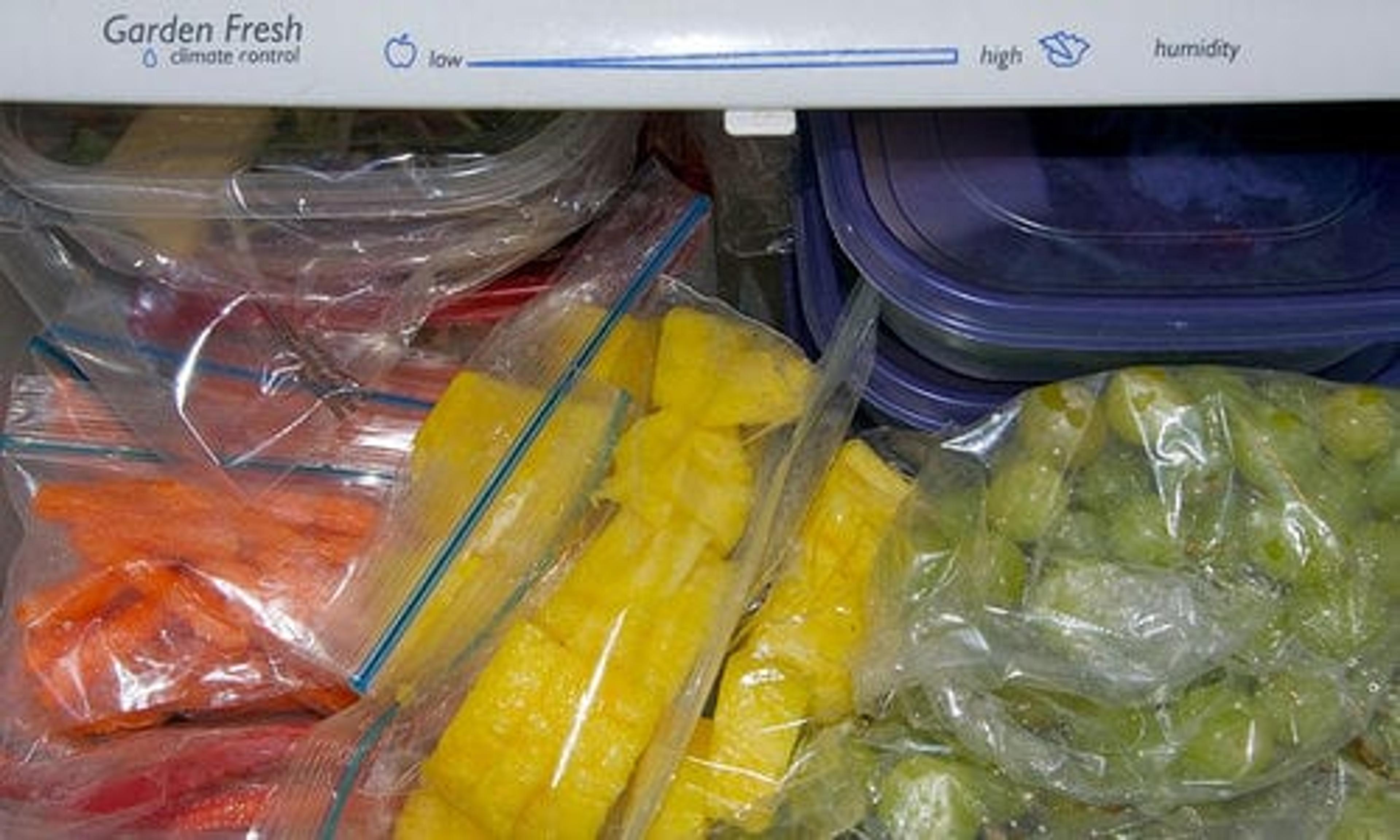When a Snack Becomes a Meal: How Healthy are Your Food Choices, Really?
Registered Dietician
| 4 min read

A recent study shows that 78% of Americans are eating snack foods for lunch. Do you ever do that? I know I do this sometimes for breakfast, lunch and even dinner. With busy and hectic schedules, especially during the holiday season this definitely could happen.
Snacks are not a bad thing, but you have to be clear whether you are just having a snack to satisfy your hunger until your next meal, or having a variety of snack foods to make a meal.
Children in this generation are eating almost 600 calories worth of snacks per day. Their parents’ generation consumed about 200 calories less on average. That may or may not be a bad choice.
How Healthy are Your Snacks?
The important thing to consider are whether your snack foods are HEALTHIER snack foods. Whether your snacks are taking the place of a meal or really just a snack, healthy food choices are always better than unhealthy food choices. I see the snack as a great opportunity to keep your metabolism going and to get some good nutrition in too.
15 Healthy Foods to Survive Your Next Snack Attack
There is some planning and organizing that is involved with snacking or “snealing” (snacking for a meal – my own made up word). If you take a few extra minutes to do this, you and your family will benefit, save money and be healthier in the process.
- Crunchy Pre-Packaged Snacks – baked chips, veggie sticks, pretzels, animal crackers, graham crackers or whole wheat crackers are good options. To save money, buy big bags and divide them up into healthy portions in snack-size baggies to enjoy as a snack or sneal.
- Hard-Boiled Eggs – I try to boil a dozen or a half-dozen eggs at a time and keep them in the refrigerator. This way they’re ready to grab and go when I need them. I will usually mark them with an “HB” and place them back in the egg carton after they are cooked. This lets me know which eggs are which.
- Low-Fat Cheese – Again, this is easy to grab and go. String cheese or other low-fat varieties of colby-jack or cheddar are a good option. The key is to always choose a low fat version. Low-fat cheese is delicious with whole wheat crackers too.
- Fruit or Veggies – nature’s fast food! Fruit is usually very easy to eat on the go. Veggies can be a bit trickier, but doable if you plan ahead. You can also purchase single-serving pre-packaged baby carrots. Or just prepare your own favorite veggies in single-serving bags to grab on the way out the door. Preparing your own fresh veggies in advance is a great way to save money on healthy snacks.
- Peanut Butter – nut butters are a great companion to eat with fruit like apples, pears or bananas. I also like peanut butter with pretzels, animal crackers, graham crackers or whole wheat crackers.
- Hummus – like the peanut butter you can purchase this in single-servings or pack yourself. Hummus is also a great dip for veggies, whole wheat crackers, veggie sticks, baked chips or pretzels.
- Dried Fruit – a convenient alternative to fresh fruit.
- Nuts – nuts are a great snack just make sure to watch your portion size to avoid overeating.
- Cereal – you can mix and match some of your favorites here. Try to choose cereals that are lower in calories, fat and sugar, that are also high in fiber.
- Popcorn – who doesn’t love popcorn? Again, when choosing a microwaveable brand, choose a variety that is low in fat. Also remember that one portion of popcorn is 3 cups popped (a large popcorn at the movies has almost 30 cups).
- Trail Mix – by combining the four snack ideas listed above (dried fruit, nuts, cereal and popcorn) you can make your own trail mix too. I do this all the time and put it in baggies to take with me during the week. I also often take the leftovers at the bottom of my favorite cereal boxes and combine it with the other ingredients for a home made trail mix. Simply add dried fruit, nuts and popcorn in the almost-empty cereal box before portioning out in individual snack bags.
- Cereal Bars – remember the same parameters for choosing a healthy cereal. Choose bars that are lower in calories, fat and sugar and higher in fiber. Bars that contain protein are also a good option.
- Yogurt – Pick your favorite flavors or varieties like Greek-style yogurt, but always try your best to choose lower fat or light options to avoid excess calories.
- Low-Fat Cottage Cheese – cottage cheese provides another great way to get in some protein for a snack. It also pairs nicely with fruit.
- Albacore Tuna Kits – easy and convenient. Albacore tuna kits really are like a mini-meal.
What are your favorite snack foods? Are you a snealer (eating snacks for a meal eater)? I would love to know more about your favorite healthy snacks.
Photo Credit: Nedral





